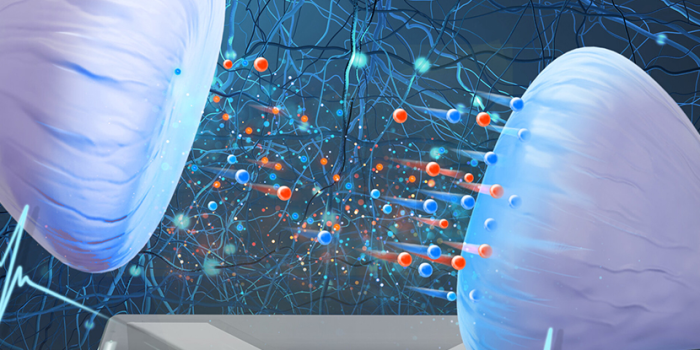Researchers have achieved a groundbreaking feat by simulating neurological junctions, known as synapses, utilizing water and salt components. Inspired by the intricate workings of the human brain, scientists from Utrecht University in the Netherlands and Sogang University in South Korea have pioneered the development of iontronic memristors.
Similar to synapses, these devices can’ remember’ past electrical charges, marking a breakthrough in the development of artificial systems that can mimic the functions of the brain.
Measuring only 150 by 200 micrometres, the iontronic memristor looks like a cone filled with a solution of salt and water. Ions in the solution travel through the cone-shaped channel as a result of electrical impulse manipulation, which causes variations in electrical charge and consequent changes in ion movement. This dynamic process enables input signal encoding, effectively simulating synaptic plasticity-like memory retention.

Though it is still in its early phases of development, the iontronic memristor shows potential; researchers anticipate customised channels for particular computational applications. Furthermore, this innovative design’s scalability and affordability present opportunities for various future applications.
This discovery is significant because it replicates the behaviour of neurons using a system that uses salt and water to imitate the medium of the brain. Instead of using traditional electrical techniques, researchers want to get close to the computational power and efficiency found in biological neural networks by carefully following the brain’s structure.

Combining theoretical and experimental physics results in a significant scientific accomplishment best exemplified by the development of artificial synapses. Dr Tim Kamsma, a theoretical physicist from Utrecht University, reflects on the transformative journey from theoretical conjecture to tangible outcomes, underscoring the awe-inspiring moment of witnessing the realization of their research endeavours.
The finding, published in PNAS, offers proof of the beneficial effects of combining theoretical conjecture with empirical investigation, opening the door to novel developments at the heart of biology and electronics.


